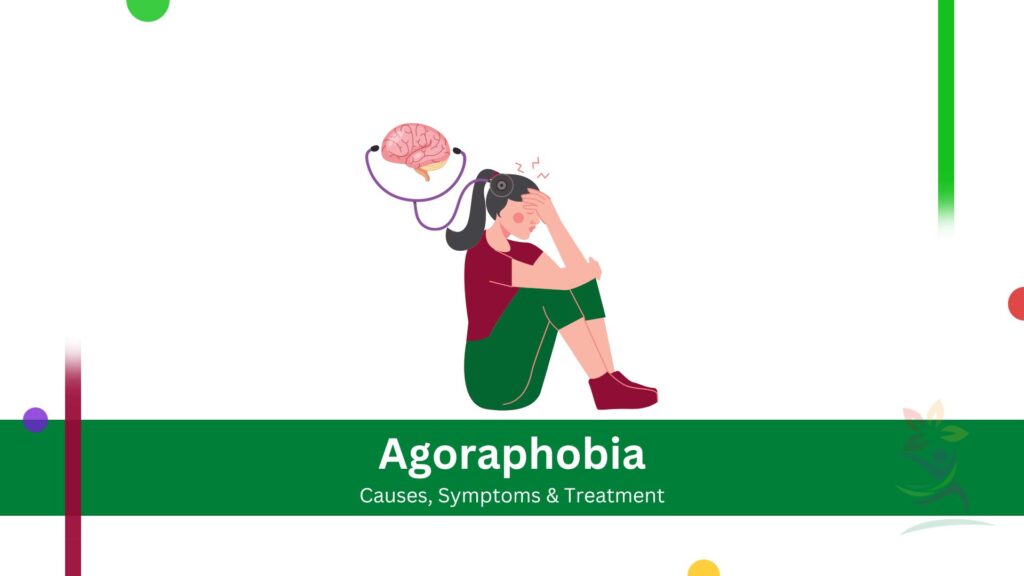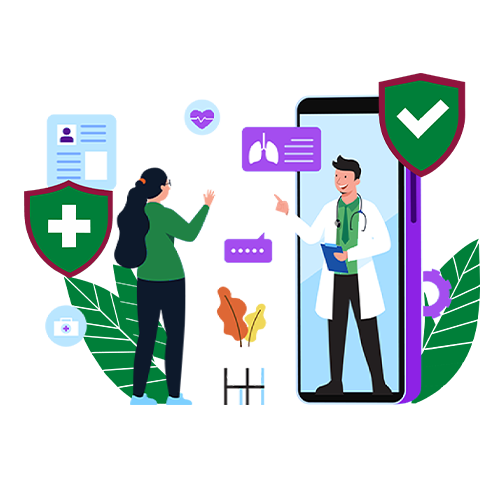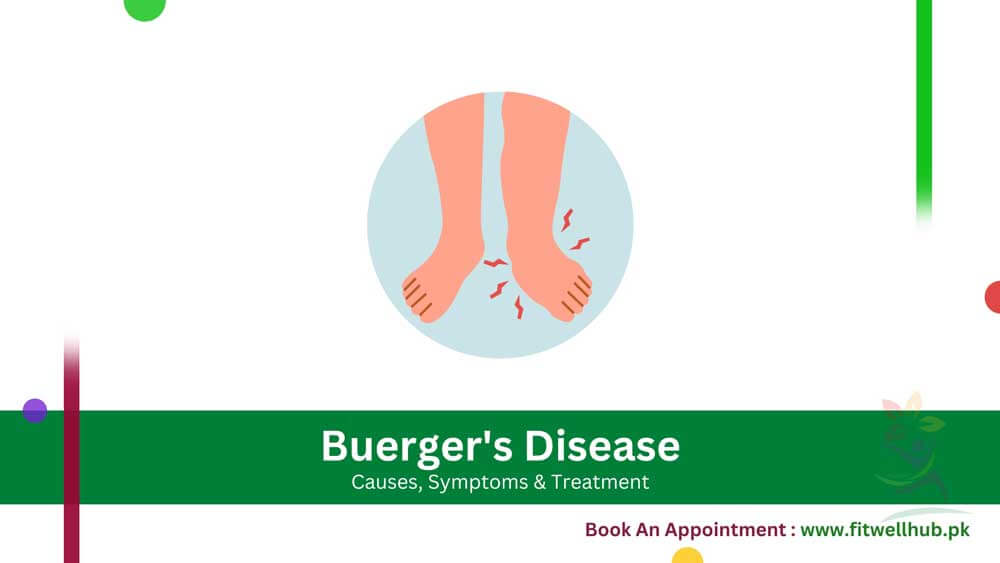Agoraphobia is a mental illness characterized by an extreme fear of being in situations from where escape may be difficult or from where help may be unavailable in the case of a panic attack or other symptoms that are too severe to handle. It negatively impacts the quality of life, so individuals avoid situations and activities that were once a part of their day. Although agoraphobia occurs on its own, it is usually linked with panic disorder, which is characterized by frequent and severe panic attacks.
Quick Links
ToggleTo manage the condition effectively and improve overall health, it is crucial to have an understanding and knowledge of agoraphobia’s symptoms, causes, and possible treatments. In some cases, mental health conditions like bipolar disorder can also co-exist with anxiety-related disorders. In this article, we will explore agoraphobia symptoms, causes, and treatments.
Understanding Agoraphobia Symptoms
Agoraphobia’s symptoms revolve around the fear of being trapped in situations where escape is difficult. This fear of being trapped often causes avoiding behaviors, which can severely limit daily activities and social relations.
Common Symptoms of agoraphobia are:
- Fear of loneliness out of the home
- Avoiding public places or crowded areas such as public transportation or shopping centers
- Feeling uncomfortable during traveling, particularly in new areas or over long distances
- Fear of being unable to escape in elevators or on bridges
- Panic attacks stimulated by anxiety in these situations
- Physical symptoms like sweating, dizziness, nausea, or palpitations during feared situations
Some of the above are described below:
1- Fear of Loneliness Out of the Home
The most common symptom of agoraphobia is the fear of loneliness outside of the home. Individuals feel that without having familiarity with the environment, they are at higher risk of getting panic attacks or being unable to get any help in need. This fear is so intense that it prevents them from going out of their homes, causes severe isolation, and makes them dependent on their friends and family members for their normal routine tasks.
2- Avoiding Public Places or Crowds
Individuals with agoraphobia avoid public places or crowded areas like shopping malls or public transport because these are congested areas where they feel difficulty escaping during anxiety. This behavior limits their occupational and social relations.
3- Panic Attacks
Panic attacks occur with intensive attacks of discomfort or fear with physical symptoms of chest pain, shortness of breath, rapid heartbeat, dizziness, and a feeling of disaster. These attacks occur suddenly or are stimulated by certain situations, strengthening the individual’s fear of further avoidance.
When to See a Doctor
You should seek medical attention if your agoraphobia symptoms are disturbing your daily life activities like preventing you from going to work, attending social events, or even leaving the house. Prompt treatment can prevent the worsening of conditions and help in the recovery process. A healthcare provider can evaluate the severity of the illness and recommend suitable treatment options like psychotherapy, medications, or a combination of both.
At FitwellHub we have experienced doctors who specialize in treating anxiety disorders including agoraphobia. For personalized care and support, visit Fitwell Hub to find out more about our services.
Causes of Agoraphobia
A combination of environmental, genetic, and psychological factors affect the development of agoraphobia. Understanding these causes is essential for prevention and treatment strategies.
The following are the main causes of agoraphobia:
1- Family History of Anxiety Disorders
Genetic factors play a major role in the development of agoraphobia. Individuals already having a family history of anxiety disorders and panic disorder, are at a greater risk of developing agoraphobia. Environmental factors exacerbate this condition.
2- Stressful or Traumatic Life Events
Individuals suffering from stress or traumatic events such as the death of their loved one, serious illness, or a significant life change can stimulate the beginning of agoraphobia. These events increase their vulnerability to fear and loss of self-control.
3- Panic Disorder
Individuals suffering from agoraphobia also suffer from panic disorder. The fear of having a panic attack in a public place or a situation where help is unavailable can increase avoidance behavior. This avoidance can become so common that it limits the individual’s activities.
Risk Factors
Individuals having a family history of anxiety disorders are more vulnerable to developing agoraphobia. Other risk factors include trauma, particularly when it is related to situations that the victim fears, avoidant behavior patterns that worsen fear, and substance abuse, especially when it involves substances that cause anxiety or panic. Understanding these factors is essential for the prevention and proper treatment of agoraphobia because they usually interact in complex ways that contribute to the beginning and maintenance of the condition.
Complications
Agoraphobia can cause various complications that have significant effects on an individual’s quality of life. Some common complications are:
1- Social Isolation and Depression
People who have agoraphobia usually feel alone in social life because they avoid public places and social interactions. The feeling of isolation can lower quality of life, and cause loneliness and depression. When anxiety worsens it decreases social engagement and promotes fear and avoidance behaviour.
2- Depending on Others
Due to increased anxiety and fear individuals become more dependent on their family members and friends to get support from them to perform their daily life tasks like shopping, going for medical appointments, or leaving the house alone. This dependent behavior can disturb their relationships and reduce the individual’s sense of self-respect.
3- Employment and Financial Challenges
High anxiety disorder reduces the person’s ability to work particularly if their work involves traveling and social engagement. It results in a low standard of living, financial problems, and job loss.
These complications show that it is important to get treatment as soon as possible and keep up a strong support system to manage the anxiety.
Prevention
Though it is not possible to prevent agoraphobia completely following preventive measures can reduce the risk of developing the disease. Some of the common practices are:
- Early Intervention: Treating anxiety or panic attacks in their early stages, avoid the worsening of agoraphobia symptoms
- Stress Management Techniques: Use techniques like meditation, mindfulness, etc.
- Exposure to Feared Situations: This technique involves gradually exposing sufferers to feared situations under a therapist’s observation. It helps reduce the individual’s fear and avoid behaviors.
At Fitwell Hub we offer a Healthy Elite Lifestyle Program designed to prevent and manage your anxiety problems. By joining this program you can get resources and full support for a healthier lifestyle to reduce the risks and other problems related to agoraphobia.
Diagnosis
A comprehensive analysis by a doctor is necessary to diagnose agoraphobia. This evaluation includes the patient’s medical history, symptoms, and how the condition affects their daily life. This analysis helps distinguish agoraphobia from other anxiety disorders and locate any diseases that may be related.
Tests
- Clinical Interviews: Doctors at Smart Clinics identify the type and severity of the disorder through a comprehensive discussion about the patient’s experiences, behaviors, and concerns.
- Panic Disorder Assessment: Tools and surveys for measuring the frequency and severity of panic attacks are available for the assessment of panic disorder.
- Agoraphobia Questionnaire: By using Agoraphobia Questionnaire an individual’s anxiety is quantified in particular circumstances.
- Physical Examination: These are performed to rule out the possibility of other problems producing agoraphobia-like symptoms.
- Mental Health Screening: Determination of the presence of additional mental health conditions, like anxiety disorders or depression.
If you are looking for diagnostic services, at Fitwell Hub we provide access to a well-equipped laboratory that offers comprehensive evaluation for anxiety disorders.
Treatment
The treatment of agoraphobia involves different combinations of psychotherapy techniques, medications, self-help strategies, and telemedicine options. Some common treatment approaches include:
Treatment Options
- Cognitive Behavioral Therapy (CBT): Therapists use CBT to identify and address an individual’s behaviors and negative thought patterns.
- Exposure Therapy: Exposure therapy patients are gradually exposed to face their fears in a controlled environment to reduce their anxiety.
- Medications: Doctors prescribe certain medications to manage symptoms, especially when therapy treatment alone is not sufficient.
Medications
Certain medications are used to reduce anxiety and prevent panic attacks. Some commonly used medications are:
- Selective Serotonin Reuptake Inhibitors (SSRIs): These inhibitors are antidepressants. Doctors usually prescribe them to reduce anxiety.
- Benzodiazepines: Benzodiazepines provide short-term relief from acute anxiety symptoms, especially during panic attacks.
- Beta-Blockers: Beta-blockers manage the physical symptoms of anxiety like abrupt heart rate.
Understanding agoraphobia symptoms, causes, and treatments is crucial for effective management. If you are seeking the best medications, at Fitwell Hub’s Pharmacy we offer a wide range of prescription medications that will help you in treating agoraphobia.
Frequently Ask Questions (FAQ’s)
Agoraphobia is a feeling of intense fear or anxiety in situations where escape might be difficult or help unavailable that causes avoidance behavior.
You can control agoraphobia by following prescribed medications and, additionally, by engaging in therapies like a combination of cognitive-behavioral therapy (CBT) and gradual exposure to feared situations.
Generally, agoraphobia affects about 1.7% of adolescents and adults in the United States with a higher rate in women than men.
You can avoid agoraphobia by maintaining a healthy lifestyle, exercising regularly, and using stress management techniques














